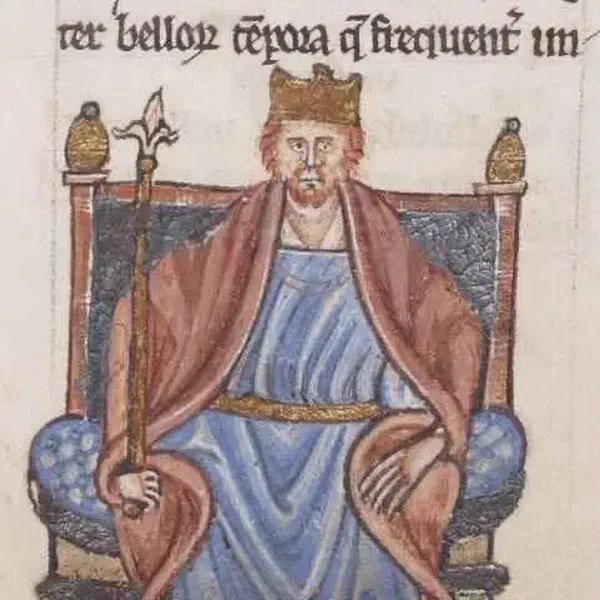On December 25, 1185 in Celtic History
Around christmas, a crown that henry had sought from the papacy for john's use as king of ireland is delivered, but will never be used

King Henry II (5 March 1133 – 6 July 1189) was King of England from 1154 until his death in 1189. In 1154 the one and only Englishman to become Pope, Nicholas Breakspeare, was elected as Pope Adrian IV. The next year he presented Ireland to King Henry II, as a papal fief or lordship, with himself remaining overlord. This was around Christmas, that the crown that Henry had sought from the papacy for John’s use as king of Ireland is delivered, but will never be used
Years later however Henry II appointed his son, Prince John as Lord of Ireland in 1185, and Pope Urban II sent a gold crown adorned with peacock feathers for the coronation of John as Lord of Ireland. However, John offended the Irish chieftains by laughing at their long beards (it was the fashion than in England to be clean-shaven), and they not unnaturally took umbrage and defied the upstart prince.
Meanwhile, John’s first expedition to Ireland in 1185 was not a success. Ireland had only recently been conquered by Anglo-Norman forces, and tensions were still rife between Henry’s representatives, the new settlers and the native inhabitants.
John was never crowned with this, the second Irish crown jewel. And what happened to the emerald ring and peacock crown is not known.
In 1186 Henry was about to return John to Ireland once again, when news came that Geoffrey had died in a tournament at Paris, leaving two young children; this event once again changed the balance of power between Henry and his remaining sons.
However, it’s essential to note that the authenticity of the Laudabiliter and its significance in the history of Ireland is a subject of historical debate. Some historians have questioned whether the document was genuine or if it was a later forgery. Regardless of its authenticity, it did play a role in justifying English involvement in Ireland.
Henry II (5 March 1133 – 6 July 1189) was King of England from 1154 until his death in 1189. During his reign he controlled England, substantial parts of Wales and Ireland, and much of France (including Normandy, Aquitaine and Anjou), an area that altogether was later called the Angevin Empire, and also held power over Scotland and the Duchy of Brittany.
No related content found.